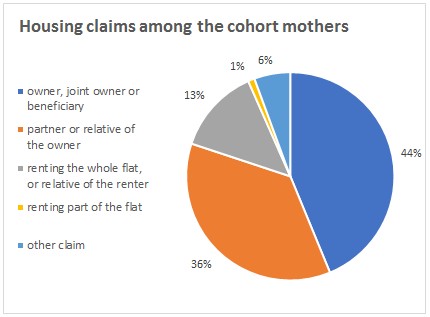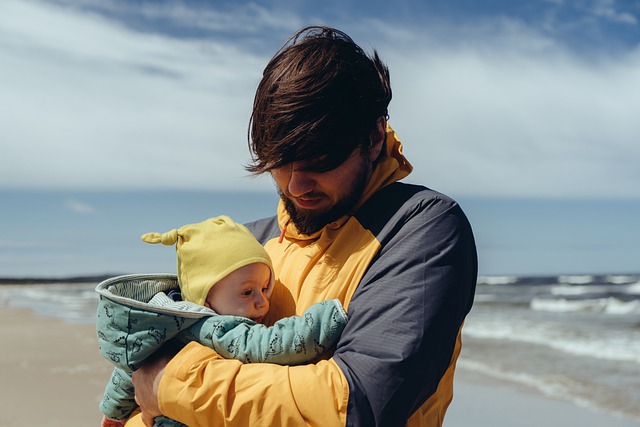The Cohort ’18 study undertook the research of the growing up of children born in 2018-19. Being in the first wave of data collection, having asked five thousand pregnant women around the country, we can already outline the housing and life circumstances that await the children to be born to these couples. One of the most significant factors is whether or not the parents already have their own home or have to prepare for the coming of the baby at a rental.
It seems that a large proportion, 44 percent of the pregnant women are owners of their homes. Another 36 percent live in a home, which is owned by her partner or relative. 14 percent of the pregnant women live in a rental.
However, there is often a loan in the background of the 44 ownership percent. Almost half, 45 percent of the pregnant women owning a home have a loan on the home they live in.
The value of these owned homes greatly differs. In the estimation of the respondents, their average market value (for which they could presently sell that home) is around 20 million HUF. Based on the answers from the respondents, the average size of homes both rented or owned is rather large, around 88 square meters. The average number of rooms (including half-rooms) is three.
In addition to these numbers, we also have some insights into the furnishing of these homes. The majority of these homes have an adequate level of comfort. At the same time, it is important to see that 4 percent of these homes do not have piped water, flush toilets or bathrooms. A frequent furnishing in these homes is a large screen television, which 84 percent of the respondents have. Almost all of the pregnant women have a smart phone (97%), a computer (89%), Internet access at home (95%), and a bank card (94%). 79 percent of the families expecting children also have a car. Furnishings such as a washing machine (43%) or air-conditioning (23%) are somewhat less frequent.
Answers of the respondents reveal that one third of the families expecting children have less than a bookcase – maximum 50 pieces – of books. Also, about one third of them have a piece of fine art or a musical instrument at home. Three fourth of the babies will arrive into homes that have a yard or a court.










